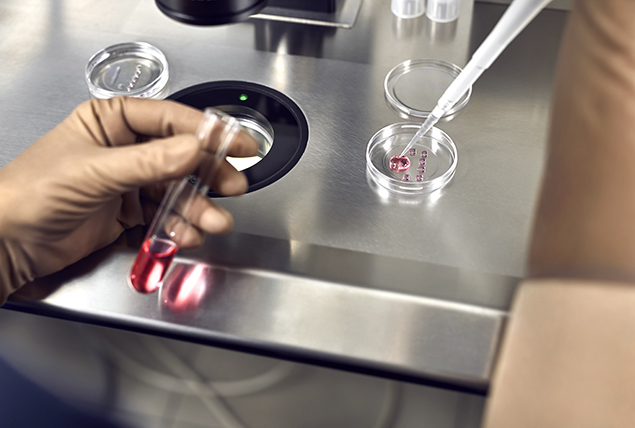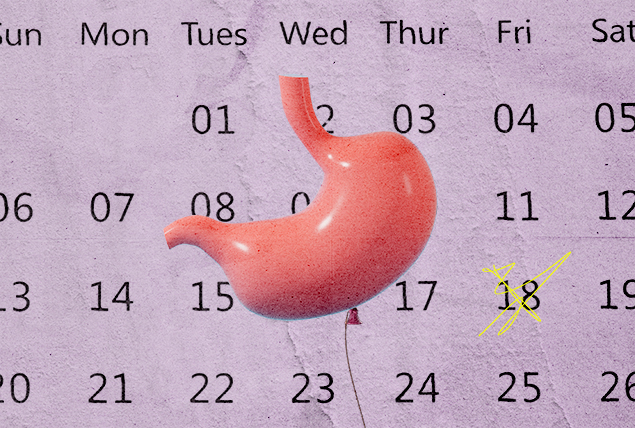What Can Platelet-Rich Plasma Do For My Fertility?

Fertility struggles can be frustrating and, for some couples, devastating. Many couples use assisted conception methods such as in vitro fertilization (IVF). New fertility treatment breakthroughs introduce platelet-rich plasma (PRP). But does PRP treatment really help couples conceive?
What is IVF and does it help low fertility?
A recent UCLA study found that roughly 15 percent of couples in the United States have difficulties conceiving. Many couples may consider or try reproductive technology such as in vitro fertilization.
During in vitro fertilization, fertility medications stimulate ovulation. These injections are higher doses than what occurs naturally in the body. Multiple eggs mature. For men or people assigned male at birth who have a low sperm count, donor sperm will be acquired, or fresh sperm will be collected at the time of the egg collection.
The egg is fertilized outside of the body in a lab before the embryo is placed inside the womb for what will hopefully be a viable pregnancy. Even though IVF has given millions of couples a chance at parenthood, it is far from being a foolproof method.
According to data from the CDC, only 47.2 percent of IVF attempts are successful for women under 35. As you age, the success rate drops. For women over 40, only 7.2 percent of attempts are successful.
However, a new technique known as platelet-rich plasma or PRP may be the breakthrough in IVF technology you’ve been waiting for.
What is platelet-rich plasma?
Platelet-rich plasma, or PRP, is an emerging treatment in which a sample of a patient's blood is treated to have more platelets, which are the small solid parts of the blood that contribute to it's clotting capabilities. As the American Academy of Orthopaedic Surgeons noted, this treated blood "can be 5 to 10 times greater (or richer) than usual."
So far, PRP injections have typically been used to speed the healing process after surgery. Or for athletic injuries. Platelet-rich plasma injections are also used in hair restoration procedures.
However, the PRP treatment process is beginning to appear in some fertility clinics. The Rejuvenating Fertility Clinic in New York, for instance, started offering the treatment in 2022, while the Columbia University Fertility Center accepted IVF patients for a PRP study.
"Despite these promising results, PRP has yet to be studied in the general infertility population until now," wrote Jenna Turocy, M.D., of the project. "By expanding the use of PRP for all women undergoing fertility treatment, Columbia University Fertility Center hopes to increase the success rates for all patients undergoing IVF."
How does ovarian PRP help women become pregnant?
The PRP process begins with a blood sample.
"The specimen is spun down in a serum separator," said Los Angeles fertility doctor Sam Najmabadi, M.D., OB/GYN, who offers PRP ovarian rejuvenation in his clinic.
"The PRP or Platelet-rich plasma is isolated and removed. This contains growth factors and promoters. The PRP can then be used for many different purposes. It is currently used in Orthopedics and Dermatology for regenerative purposes."
PRP can be used in the uterus prior to the IVF process to "thicken the endometrial layer and improve the implantation of embryos," Najmabadi said. "In the ovary, it is used to increase follicle counts," he added. It can help.
Does PRP improve the chances of pregnancy?
So far, few studies have been completed, but at this early stage, results are quite promising.
"Response rates to PRP can vary depending on the patient's case," Najmabadi said. "There are cases where it simply will not work. In general, 20-60 percent or, on average, 50 percent of patients will have a response. Proper selection of candidates for the treatment is important."
In other words, PRP may not be a failsafe solution, but for women who are looking to boost their chances of a successful pregnancy, PRP therapy might help.
Could PRP really be the future of fertility treatments?
There are a number of ways in which the PRP treatment method could potentially offer a positive pregnancy test for women currently dealing with low fertility.
In general, PRP might help to boost the chances of pregnancy. It could be a helpful treatment method with or without the IVF process.
"PRP does not replace in vitro fertilization but is a modality that can be an adjunct to fertility treatments, including in vitro fertilization," Najmabadi said. "Some patients do PRP and get pregnant naturally without any treatments. Others use PRP with artificial insemination and fertility drugs or in vitro fertilization."
What's next for PRP?
"At this time, PRP is not approved by the FDA and is not the standard of care yet," Najmabadi said. "Only a few centers in the U.S. provide the service at this time. Proper patient explanation of limitations and management of expectations is important." Anyone looking for effective infertility treatments has options. After more study, PRP treatments may become one more.


















